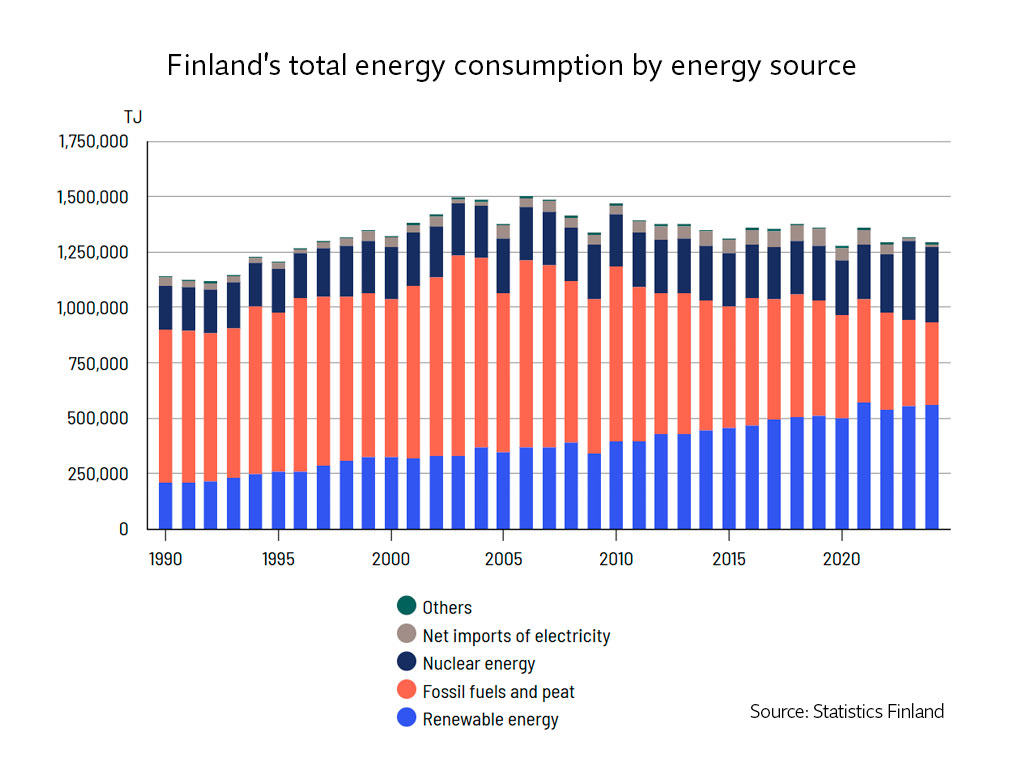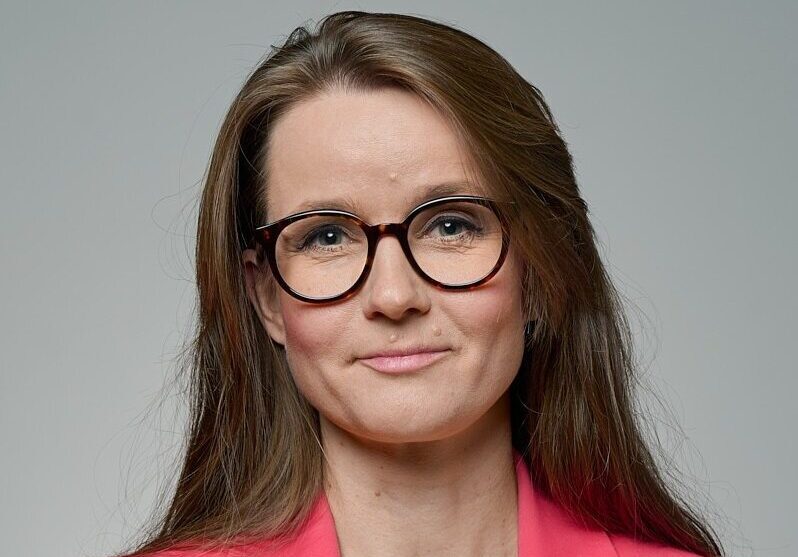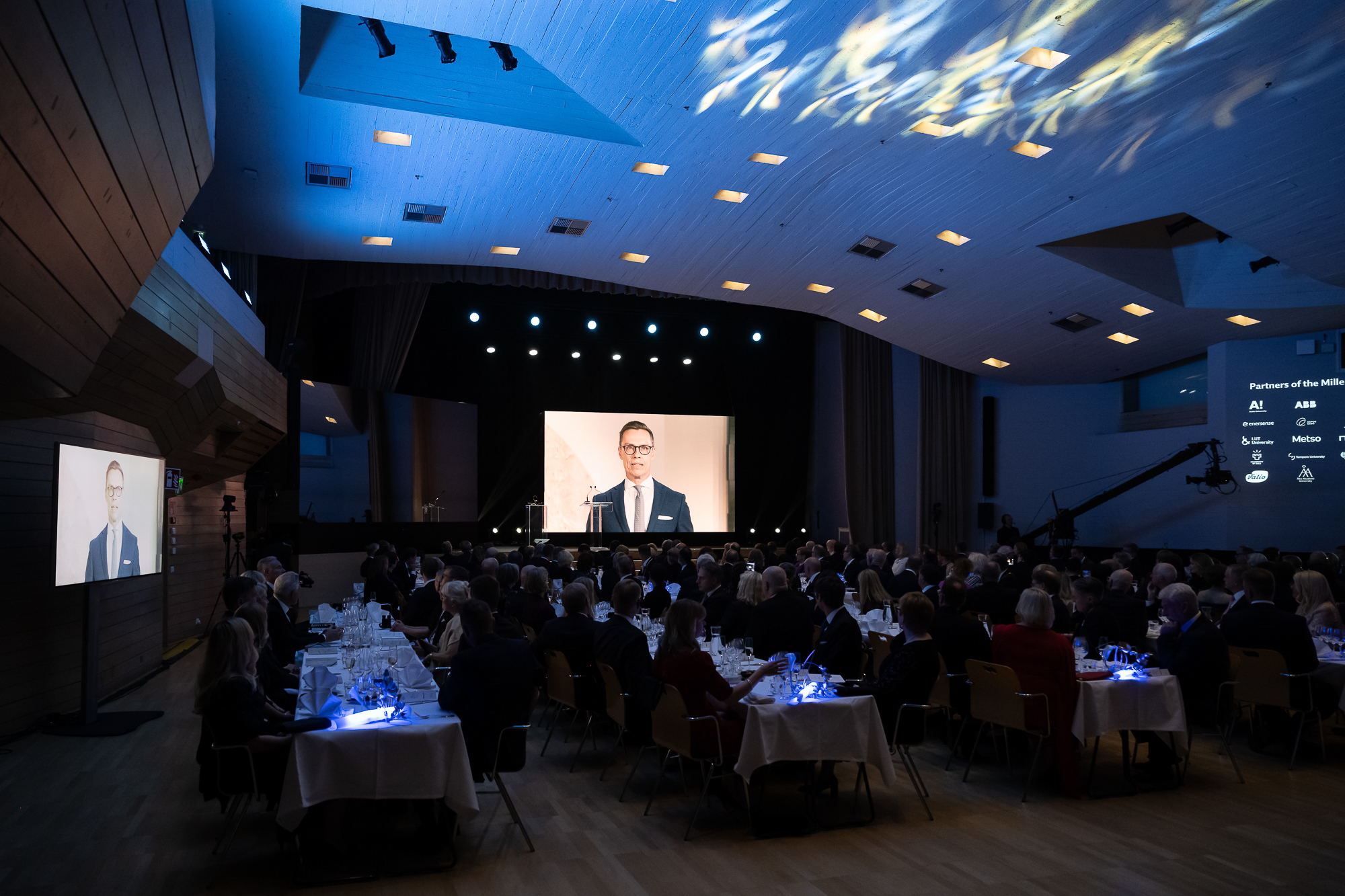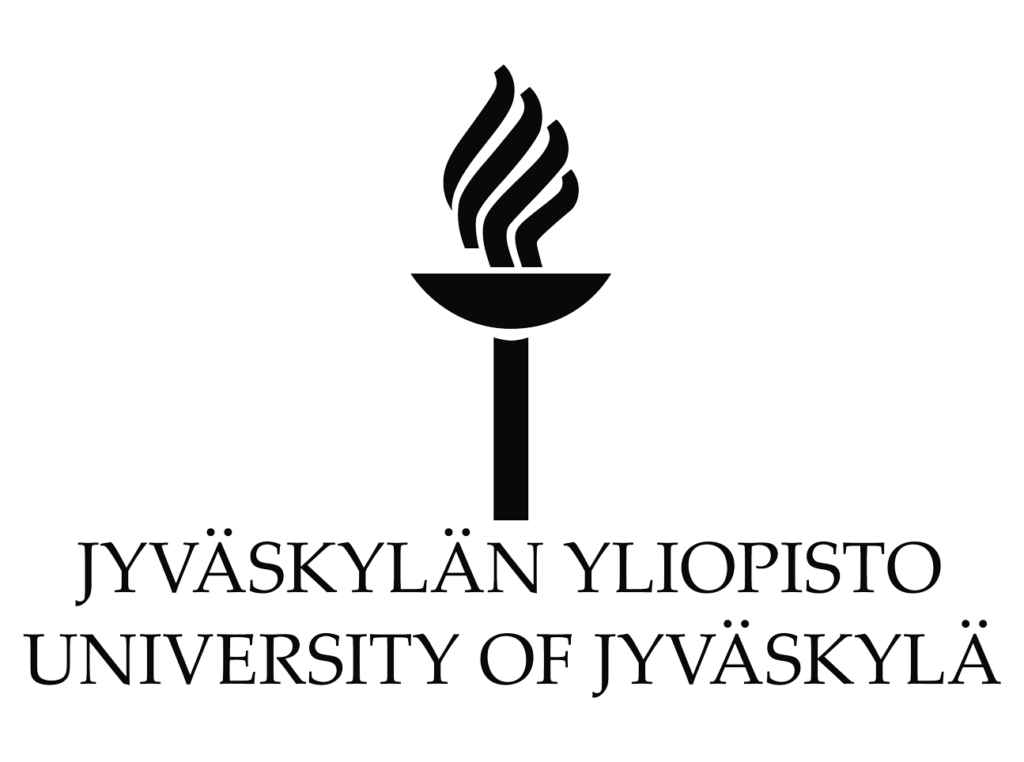Finland: Poised to Become an Energy Innovation Powerhouse

Finland has set ambitious climate targets, aiming for carbon neutrality by 2035. Achieving such significant reductions in greenhouse gas emissions requires the widespread electrification of society. Emission-free and cost-effective electricity generation is key to enabling these reductions as the share of electricity in final energy consumption grows. To reach these goals, Finland must leverage its innovative capabilities.
According to the International Energy Agency (IEA), electricity’s share of final energy consumption has been increasing throughout the 21st century, but it still only accounts for approximately 20 percent. The IEA’s scenarios suggest that a global carbon-neutral energy system is achievable if electricity’s share of energy consumption rises to nearly 50 percent.
Sector-specific low-carbon roadmaps developed in Finland anticipate a similar trend. Projections of increased electricity demand in these recently updated roadmaps are so significant that, if realized, they would have a profound impact on Finnish energy production and the adequacy of the electricity grid.
Electrifying society cannot rely solely on increasing electricity generation; attention must also be paid to improving the efficiency of both electricity production and consumption. Technological innovations play a crucial role in this. The 2024 Millennium Technology Prize-winning innovation, the IGBT power transistor, is a prime example: it’s a high-speed switch that allows precise control of large electrical currents. The IGBT component enables more efficient management of electricity use and production in applications such as electric motors, renewable energy, and industrial processes. This technology is estimated to have reduced global carbon dioxide emissions by approximately 98 gigatons over 30 years. This is equivalent to three years of total anthropogenic carbon dioxide emissions, based on the average emissions over the past three decades. Numerous companies operating in Finland also utilize the IGBT as a key component in their products.

How can Finland ensure the continued emergence of such key innovations for a sustainable future? Investments across the spectrum, from education and fundamental research to research, development, and innovation (RDI) activities, create the foundation upon which the sustainable growth and well-being of societies are built. By investing ambitiously in RDI, Finland can demonstrate that the world’s major challenges—such as climate change and the energy transition—can be addressed through technology, scientific knowledge, and international collaboration.
Naturally, resources for RDI activities are crucial. Finland has committed to increasing RDI funding to 4 percent of GDP by 2030. However, public funding alone is insufficient to achieve this goal; resources allocated to corporate innovation must also grow significantly in the coming years. The journey of an invention from concept to product requires visionary and courageous leadership from companies. A corporate culture that supports innovation encourages experimentation and calculated risks, rewards unconventional thinking, and fosters collaboration between different functions within the company.
New insights often arise from the intersection of different areas of expertise. Therefore, in addition to companies, the academic world can also foster innovation by creating frameworks and incentives for interdisciplinary collaboration. Electricity generation, storage, and efficient energy use require continuous development. Finland possesses strong expertise in areas such as wind power, battery technology, and smart grids. Bringing together the expertise of businesses, academia, and the public sector creates the conditions for building a sustainable future and lays the foundation for new business opportunities.
Innovations that build a sustainable future do not arise in a vacuum; they require a fertile ground of investment in expertise, research, and development—and the world certainly doesn’t lack problems to solve. Finland has an excellent opportunity to become a major player in energy technology if it can effectively leverage innovation. This requires coherent policies aimed at electrifying society and industry, incentives for improving energy efficiency, and a broad commitment to taking RDI to the next level.
About the author
Progress Energy Distinguished University Emeritus Professor Bantval Jayant Baliga is winner of the 2024 Millennium Technology Prize, one of the world’s most prestigious science and technology honours, awarded by Technology Academy Finland.
















